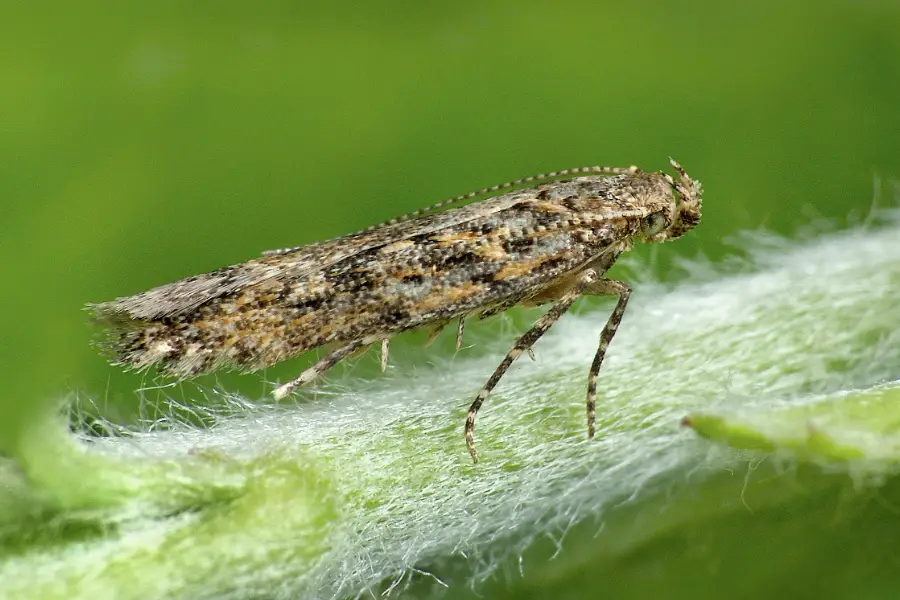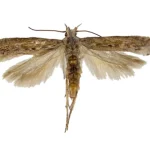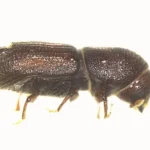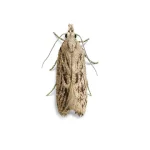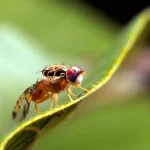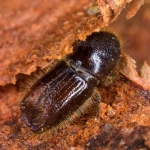The Tuta trap is one of the most effective methods used to combat Tuta absoluta, a major pest that threatens tomato plants. Tuta absoluta is considered a primary pest in tomato cultivation.
Scientifically known as Tuta absoluta, this pest is listed in the A1 Quarantine List of the Mediterranean and European Plant Protection Organization. It has a high reproductive rate and the potential to cause significant damage to tomatoes.
First identified in Peru in 1917, this pest was spotted in Urla, Izmir, in 2009. Shortly after, it spread along the entire coastal strip of the Aegean and Mediterranean regions. This pest can feed on all parts of the tomato plant and can damage the harvest by up to 100%. Spreading over long distances in short periods, it degrades the quality of tomatoes and reduces their market value.
In this article, we will discuss the characteristics of Tuta absoluta, its control methods, and the Tuta trap.
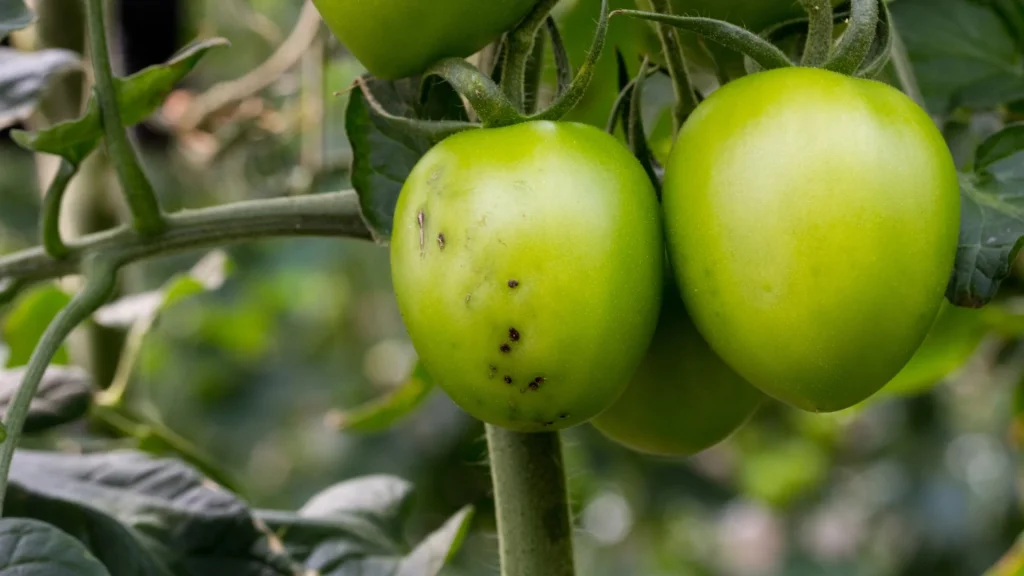
Tuta Trap and Characteristics of Tuta absoluta
Tuta absoluta is approximately 6 mm long with a wingspan of 10 mm. It is relatively easy to identify. Its forewings are narrow and have small blackish spots. Its eggs are about 0.4 mm long and 0.2 mm wide. The larvae that first emerge from the eggs are cream-colored with black heads. As the larvae develop, their body color changes. The pupa is 6 mm long.
In the Mediterranean climate, this pest reproduces very rapidly, producing 10-12 generations in a single year. Depending on environmental conditions, one generation is completed in 30-38 days. These moths hide between leaves during the day and are active at night. They lay their eggs under the leaves, on buds, and beneath the sepals of green tomatoes. A female can lay between 120 and 260 eggs, which typically hatch in 4-5 days.
The larval stage lasts 13-15 days, while the pupal stage lasts 9-11 days. They can overwinter as pupae or adults. Although Tuta absoluta is also found in Central Anatolia, it cannot survive the winter in this region.
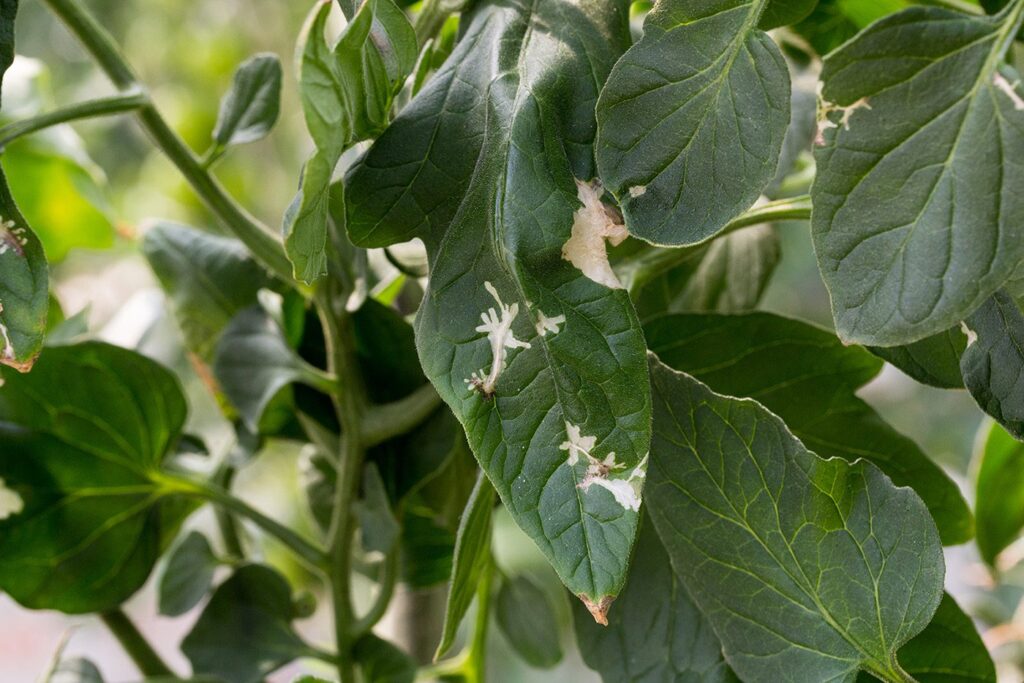
Damage to Plants and Economy by Tuta absoluta
The damage potential of Tuta absoluta is very high. It is a primary pest in both open-field and greenhouse tomato cultivation. The larvae of the pest damage all parts of the tomato plant except the roots. They feed on the stems, stalks, leaves, and tomatoes of the plant. The galleries created by the larvae in the plant appear as transparent spaces, which eventually turn into necrotic brown spots.
The plant may completely wither due to the galleries created by the larvae. The moths prefer unripe tomato fruits. The damaged fruit loses its market value. Additionally, secondary microorganisms settle in the galleries, causing rotting.
In the case of a high population, yield losses of 50% to 100% can occur during tomato harvest. Therefore, tomato growers, especially in the Aegean and Mediterranean regions, should take measures against this pest. There are different control methods for Tuta absoluta, with the primary method being a simple mechanism known as the Tuta trap.
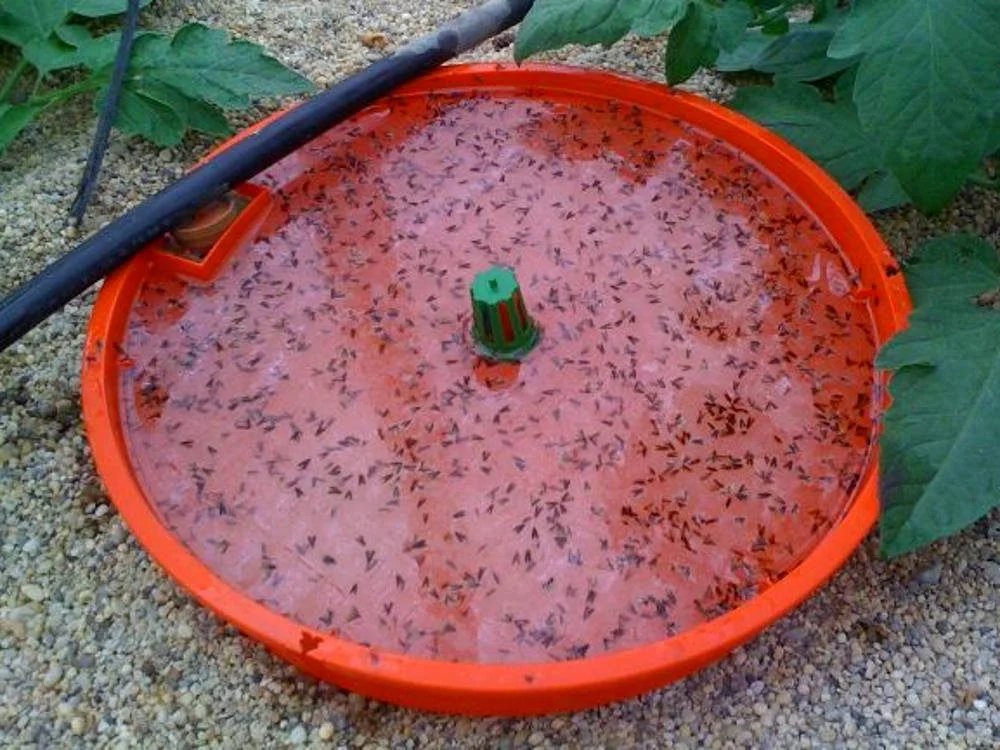
Control Methods for Tuta absoluta
There are various control methods for Tuta absoluta. The most effective method is a simple device known as the Tuta pheromone trap. In addition, cultural, biological, and chemical methods should be mentioned. Especially cultural measures should not be neglected.
Some of the cultural measures are as follows:
- Avoid excessive nitrogen fertilizer and irrigation methods,
- Do not use and destroy seedlings infected with the pest,
- Greenhouses should have double doors, and openings like ventilation should be designed to prevent pest entry,
- The soil should be worked after harvest to destroy larvae and pupae remaining in the field,
- If there are infected areas, plant residues should be destroyed after harvest,
- Weeds belonging to the Solanaceae family, which could be hosts for Tuta absoluta, should be controlled in and around the production area.
The natural enemy of this pest, Nesidiocoris tenuis, has been identified in many locations in Turkey. This predator feeds on the eggs and larvae of the pest. In greenhouse cultivation, the egg parasitoid Trichogramma evanescens and the predator N. tenuis should be used together.
Although chemical pesticides are considered a method, cultural measures should be taken first, followed by biotechnical control, biological control if necessary, and only if unsuccessful, chemical pesticides should be used. Despite all these, the most effective and high success rate method is known as the Tuta trap. Also known as the Tuta pheromone trap, this method effectively controls Tuta absoluta.
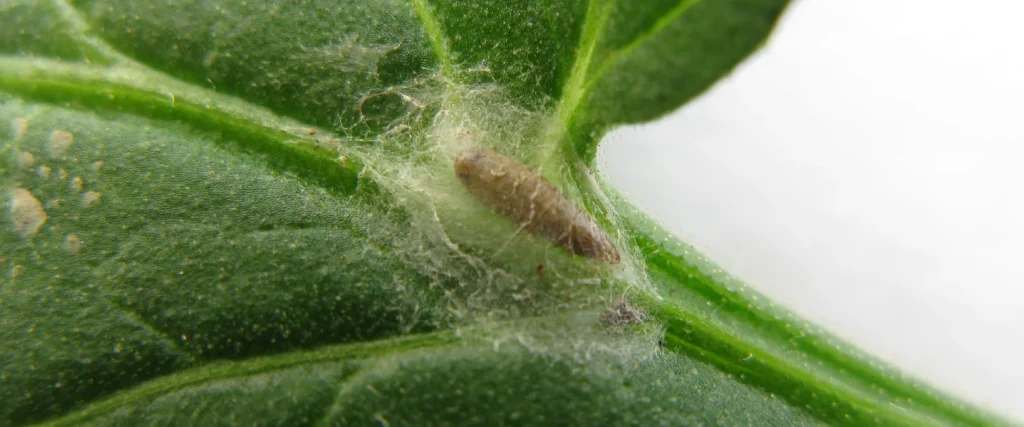
Tuta Pheromone Trap
The Tuta trap is a mass trapping method against Tuta absoluta. It is used as a pheromone and water trap in greenhouses. Sometimes it can also be used as a light, pheromone, and water trap. In open fields, delta-type pheromone traps and pheromone + water traps are effective.
This method, which serves as a mass trapping method, also prevents the entry of this pest into greenhouses. However, when using this method in greenhouses, it should be noted that areas such as ventilation should be covered with nets.
Tuta Trap Prices
Also known as a water trap, the Tuta trap is both effective and economically advantageous. The prices of the product vary depending on the number of traps purchased and the size of the area. For detailed information on Tuta trap prices, please contact us.

